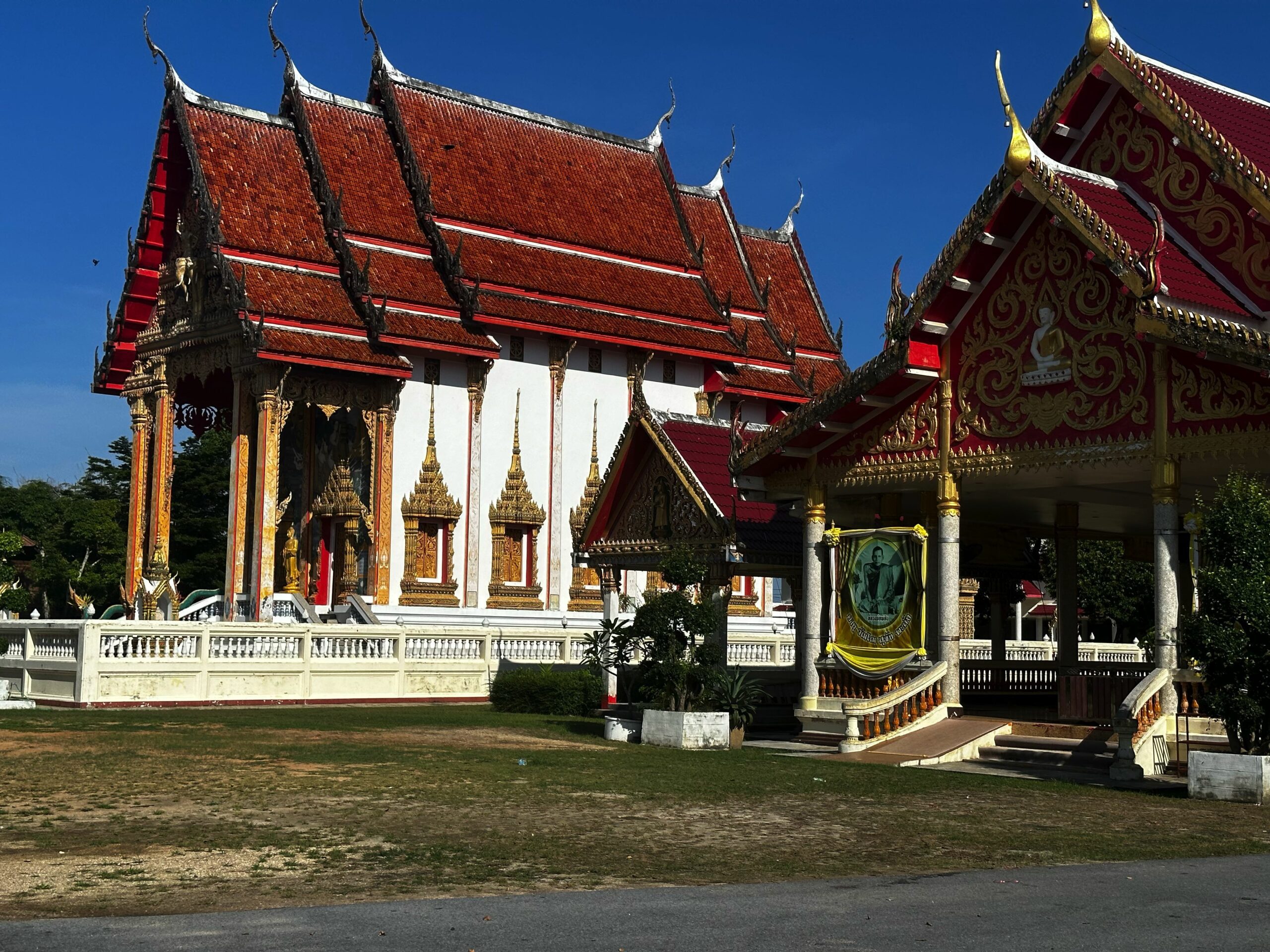Phuket, Thailand, renowned for its picturesque beaches and vibrant nightlife, is also home to a rich spiritual heritage. Amidst the bustling tourist attractions, Phuket is dotted with numerous temples, each telling a story of devotion, artistry, and tranquility. In this blog, let’s embark on a serene journey through the temples of Phuket, and delve into the profound significance of temples in Buddhism.
Temples in Phuket: Marvels of Architecture and Devotion
Wat Chalong: One of the most significant and revered temples in Phuket, Wat Chalong is a testament to Thai architecture and Buddhist artistry. The temple complex houses several halls adorned with intricate carvings and paintings, reflecting the island’s cultural heritage. Visitors often find solace in its peaceful ambiance, making it a must-visit destination.
Big Buddha: Perched atop Nakkerd Hill, the Big Buddha is an iconic landmark that offers panoramic views of the island. Standing at 45 meters tall, this majestic statue is a symbol of hope, purity, and enlightenment in Buddhism. Surrounded by smaller statues and meditation areas, the Big Buddha is a place for both spiritual reflection and awe-inspiring sightseeing.
Wat Phra Thong: Legend has it that Wat Phra Thong enshrines a half-buried golden Buddha statue, granting it a mystical aura. Devotees and curious travelers alike visit this temple to pay their respects and learn about the captivating folklore behind the partially submerged statue.

The Essence of Temples in Buddhism
In Buddhism, temples hold profound significance as places of worship, meditation, and learning. They serve as sanctuaries where followers can cultivate mindfulness, seek enlightenment, and deepen their spiritual understanding. The architecture and layout of Buddhist temples often reflect the core teachings of Buddhism:
1. Tranquility and Contemplation: Temples are designed to create a sense of tranquility, providing a peaceful environment for meditation and self-reflection. The serene atmosphere allows visitors to detach from the chaos of the outside world and connect with their inner selves.
2. Symbolism and Rituals: Buddhist temples are adorned with symbolic elements representing various aspects of the Buddha’s teachings. Rituals, chants, and offerings are common practices in temples, fostering a sense of community and devotion among the followers.
3. Community and Compassion: Temples serve as centers for community activities, fostering a spirit of compassion and mutual support among the devotees. They often engage in charitable initiatives, helping those in need and promoting social harmony.
4. Preservation of Culture: Temples play a crucial role in preserving cultural heritage. Through art, architecture, and religious ceremonies, temples contribute to the conservation of traditions and pass down ancient wisdom to future generations.
Visiting the temples in Phuket offers a glimpse into the heart of Buddhist spirituality, inviting travelers to experience the serenity and wisdom that these sacred places impart. As you explore these architectural marvels, you not only witness the beauty of Thai craftsmanship but also embark on a personal journey of introspection and enlightenment.
In conclusion, the temples in Phuket stand as a testament to the enduring legacy of Buddhism, inviting people from all walks of life to embrace the teachings of compassion, mindfulness, and inner peace. Whether you are a devout follower or a curious traveler, the temples of Phuket beckon you to embark on a transformative expedition, enriching your soul and expanding your understanding of the profound teachings of Buddhism.

